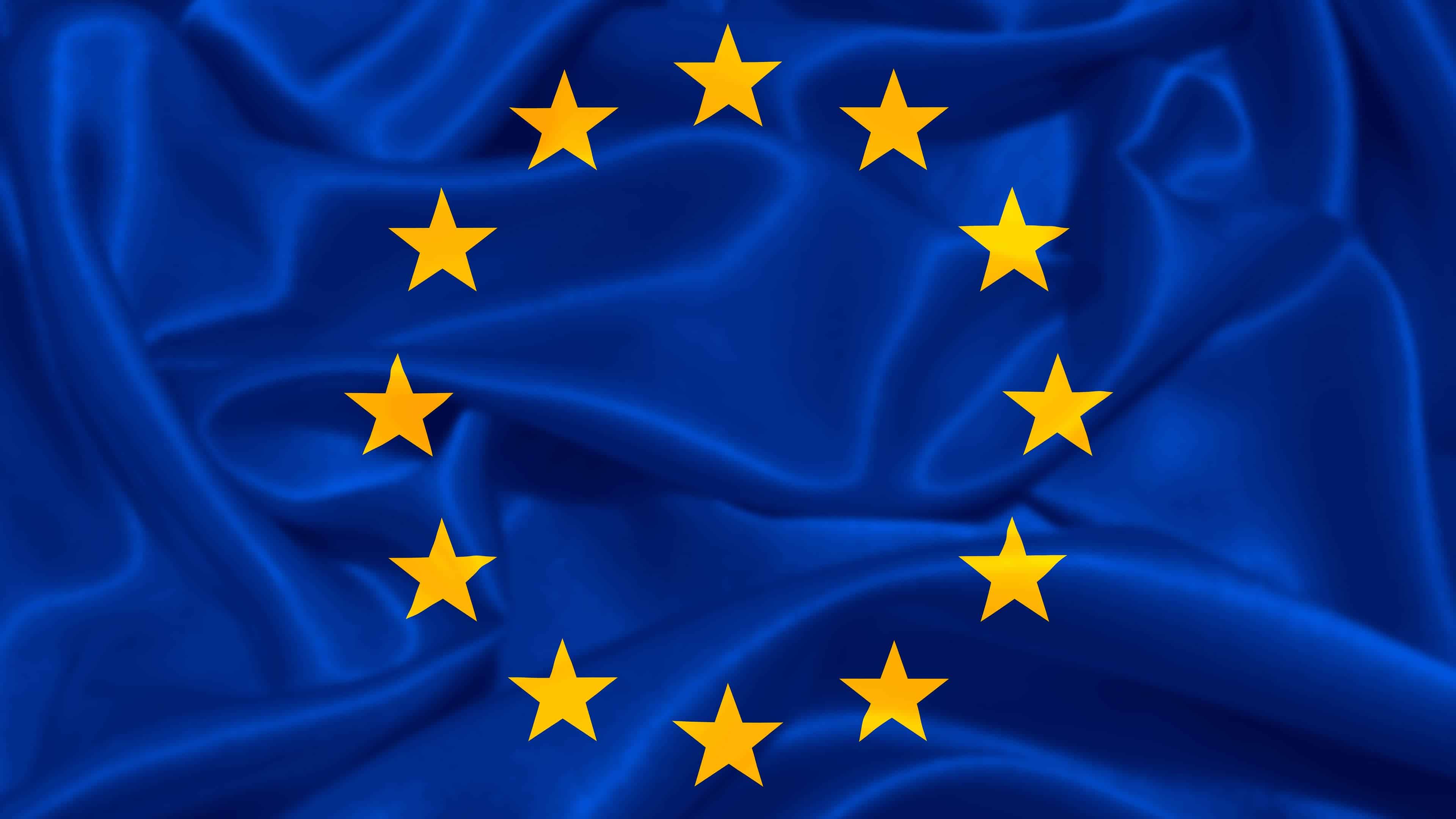A research institute outside Moscow is manufacturing chemical weapons that Russia’s military has deployed in Ukraine — in violation of international law — a report by Skhemy (lit. “Schemes”), the investigative unit of Radio Free Europe/Radio Liberty’s Ukrainian service, has found.
The Applied Chemistry Research Institute in Sergiyev Posad, a town just over 40 miles northeast of Moscow, sources the components for its grenades from companies across Russia that have not yet been hit by Western sanctions. The facility also receives materials from Chinese firms which it uses to produce banned phosphorus munitions, the investigation revealed.
Despite its obligations under the Chemical Weapons Convention, Russia has not abandoned such weapons but has instead modernized and expanded their production. Since the start of the full-scale invasion, the Security Service of Ukraine (SBU) has documented more than 10,000 chemical attacks on its country’s troops — mostly with RG-Vo (РГ-Во) grenades, short for “hand grenade with toxic substance,” which were introduced to Russia’s arsenal in December 2023, according to Skhemy. The grenades are widely used by Russian units, including the 114th and 136th Motorized Rifle Brigades and detachments of the National Guard (Rosgvardiya).
The weapons contain toxic CS and CN gases. While their production is not formally banned, using them in combat violates international law. Russian forces employ the RG-Vo to flush Ukrainian soldiers from dugouts and other shelters before attacking. The grenades have been displayed at exhibitions and on television broadcasts by state-controlled propaganda channel RT, but the Kremlin denies using them.
How the grenades are used
- After pulling the pin and securing the safety lever, the grenade is attached to a quadcopter (a four-rotor drone).
- The operator flies it over Ukrainian positions and drops it into a dugout.
- Toxic smoke quickly fills the space. Soldiers either put on gas masks or flee for air.
- Once they leave cover, Russian troops open fire.


Just a reminder, that Radio Free Europe/Radio Liberty are in fact US-funded, state owned media outlets.